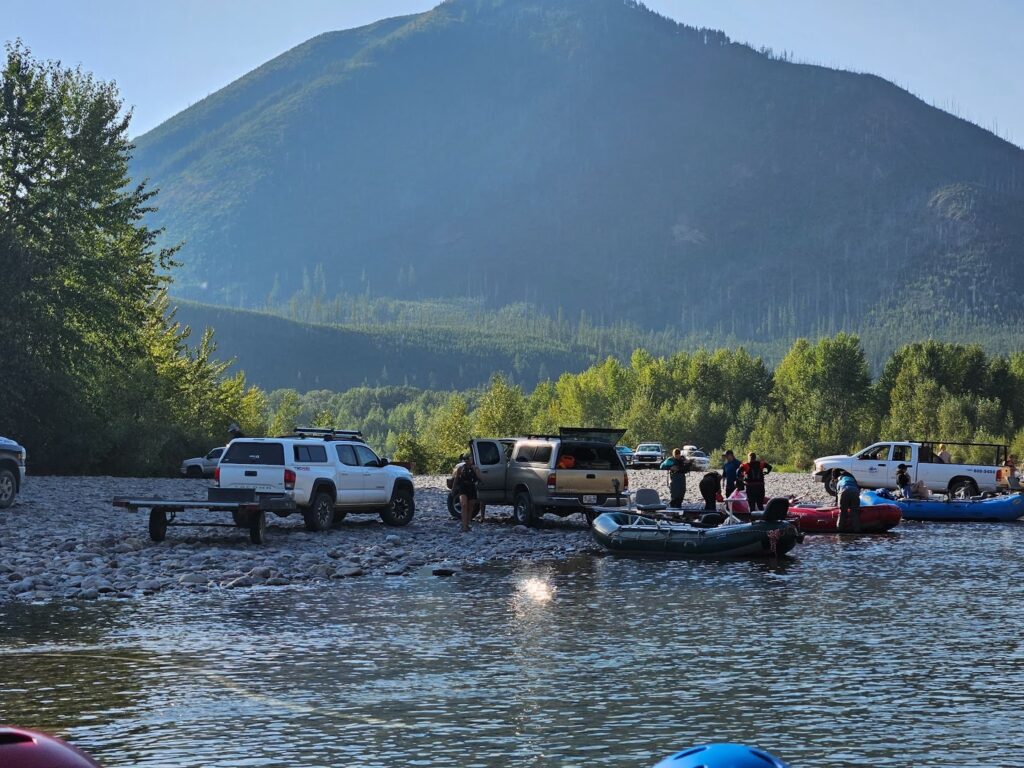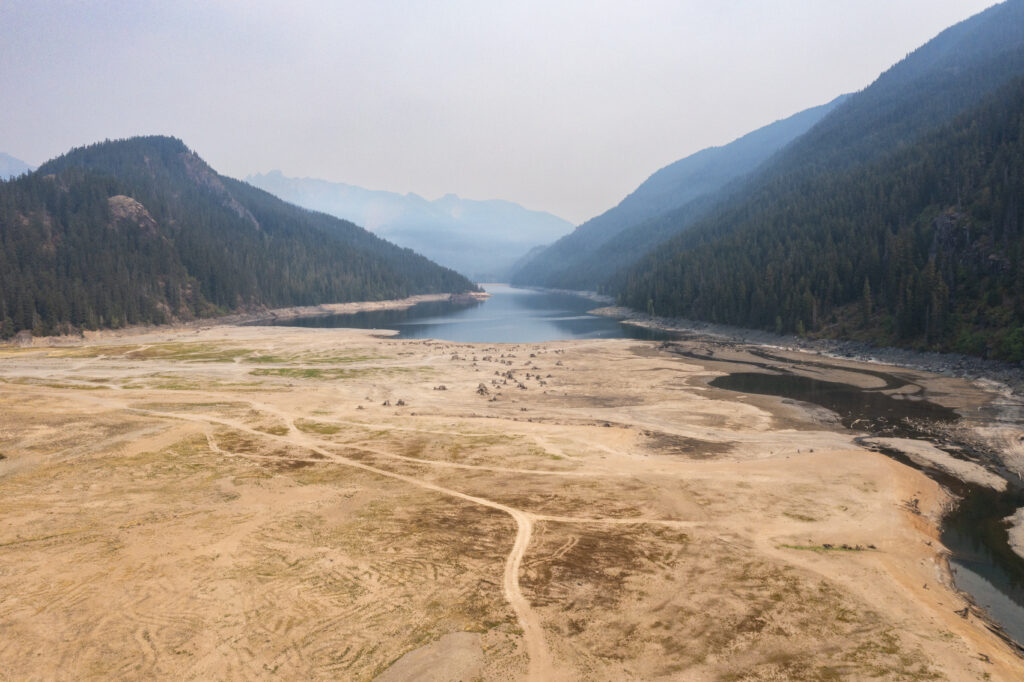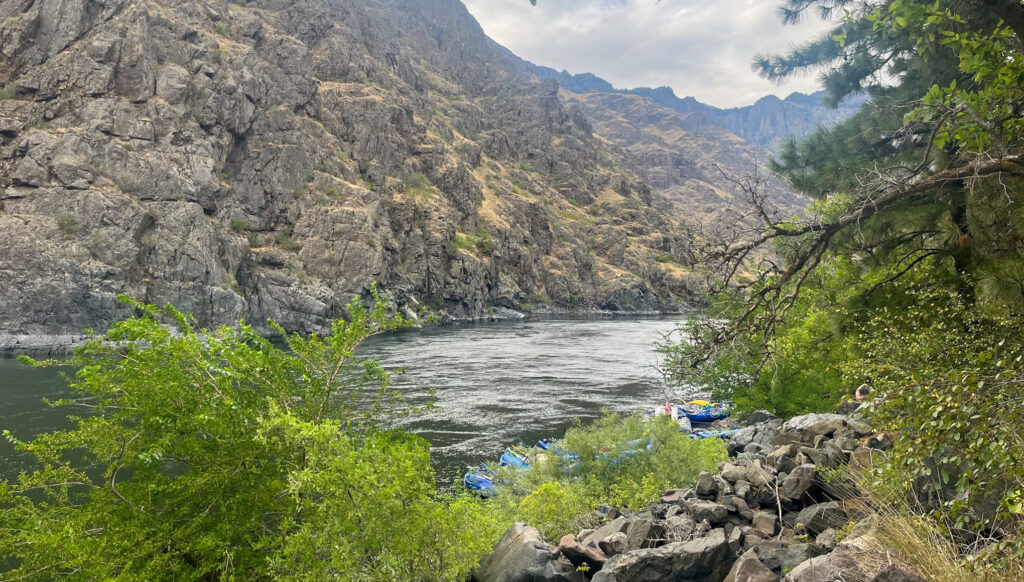Obsolete, Outdated, Improvable: Dams and Water Supply in the Carolinas
Can we have a free-flowing river AND a reliable water supply?
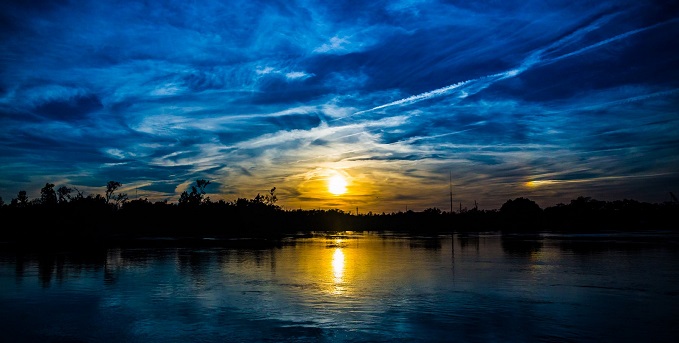
This blog was written by Gail Lazarus and Peter Raabe.
Can we have a free-flowing river AND a reliable water supply?
Heavier rains, more drought, growing populations, outdated dams, ageing water supply systems.
These are the facts of life across the Carolinas and in Southern Appalachia. American Rivers is working with community partners to rethink clean, reliable waters. We’re reconnecting some of the critical river systems in the region, including the Cape Fear River, the Neuse River, the Watauga River and the Tuckasegee River. We’re working to allow our rivers to adapt as the climate changes. We’re rethinking and planning with communities to build a stronger, cleaner water supply.
Our successes coordinating with local and national partners are yielding significant ecological and habitat benefits.
Sometimes it is easy. Dams disrupt the natural functions of the rivers that communities depend on. These barriers stop fish and other aquatic organisms from accessing their habitat, pose a public safety hazard, increase the threat of upstream flooding, and block recreational economic growth opportunities. Often, the original purpose of the dam has disappeared. Or, the dam needs so many expensive repairs that it is no longer cost effective to maintain its function. As we’ve seen in the Pee Dee River basin and the Congaree River basin, these obsolete dams provide a perfect opportunity to reconnect the flow of the river to the benefit of the community and the wildlife.
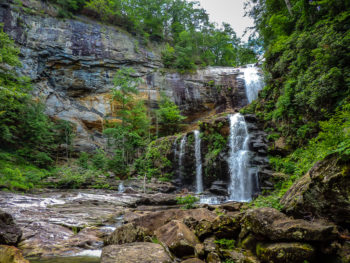
Sometimes, the solution needs some creativity. Ensuring reliable clean water supplies from our rivers and streams has been a strategy since the dawn of society. Historically, people built dams to create pools of water so that they could pipe water out of the pool. In many cases these water supplies are now in jeopardy as the dam ages. The question arises- can we remove the dam to restore the river and sustain the reliable water supply? American Rivers is working with communities along the Cape Fear River and the Tuckasegee River in the Carolinas to solve this question
Often, the solution requires big-picture thinking: Our priority is ensuring reliable clean water supplies for people and nature through all our work. It is a balance and area where we are pulling our communities of practice together to solve this problem. Can we use less water? On the Cape Fear River, American Rivers is working with communities to develop strategies- like greater water efficiency and eliminating wasted water- that ensure reliable water supply and adapt to the extreme droughts associated with climate change. Can we restore natural stream function and resiliency? Our team has also been developing and putting in place policies that restore water to streams through more natural releases from large dams and work with large dam operators to adjust releases for multiple purposes- from recreation to species protection. The collaboration between our experts on clean water supplies and river restoration allows for a more holistic approach to managing our river systems that creates the opportunity to have the long-term reliable water supply and a free-flowing restored river.
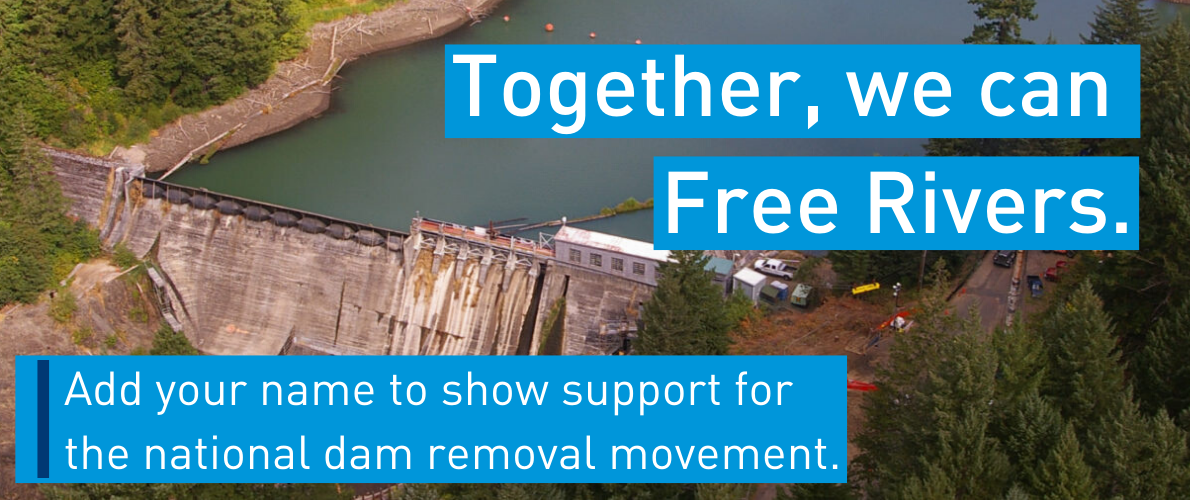
*I would like to receive updates from American Rivers.
Dams will still be necessary in many cases but innovations in engineering and architecture and improved water system management have created opportunities for the same water supply reliability without the ecological harm, liability, and maintenance costs associated with impoundments.
So, the answer is a resounding YES, free-flowing rivers can coexist with a reliable water supply. Thinking big picture about dams, water supply and water use create win-win situations for our communities in the Carolinas and the Southern Appalachians.

